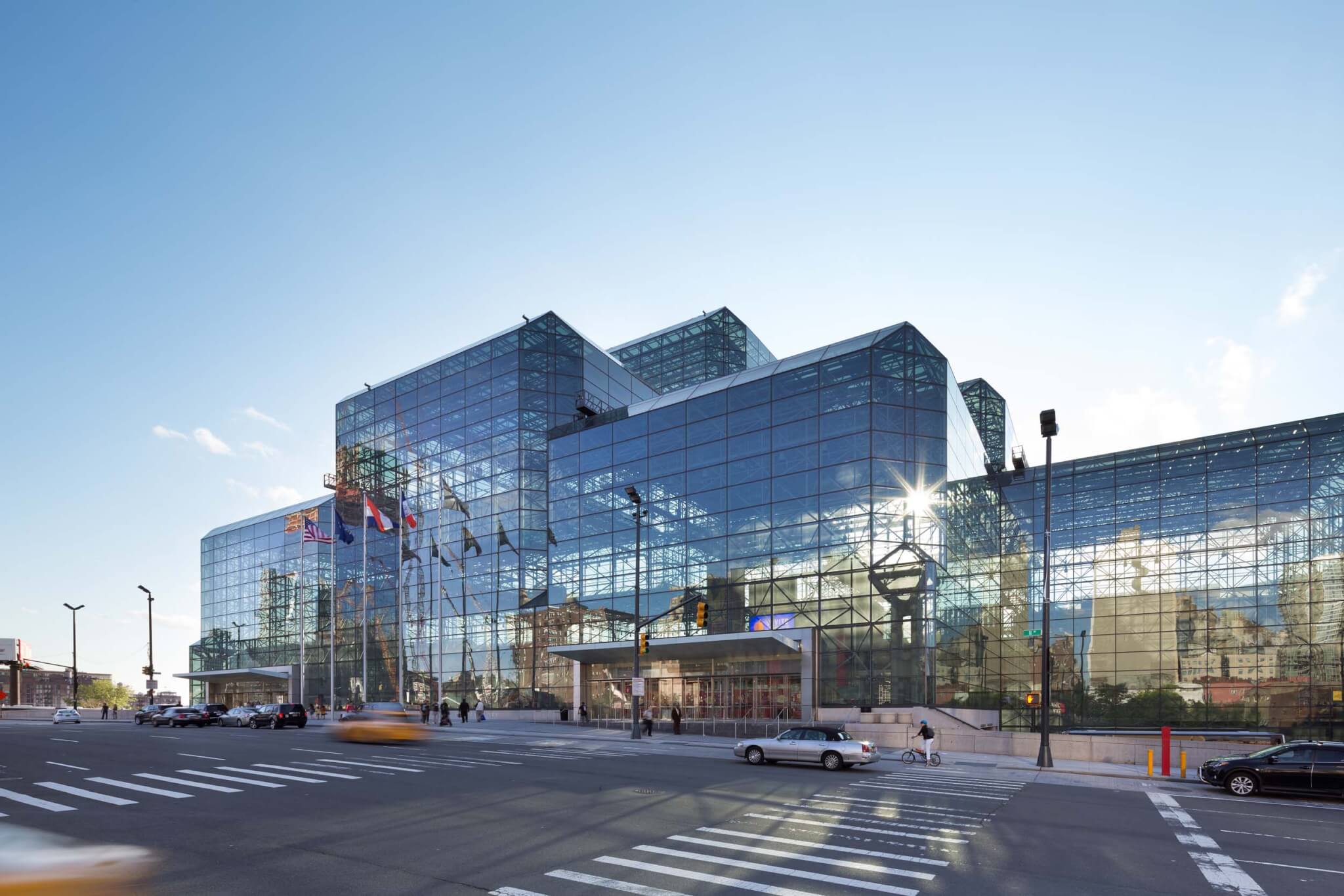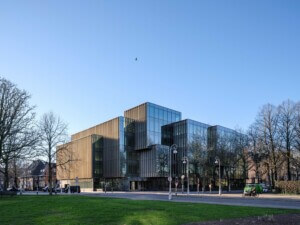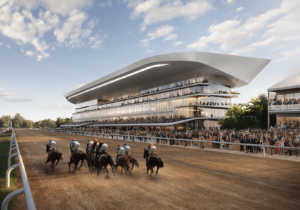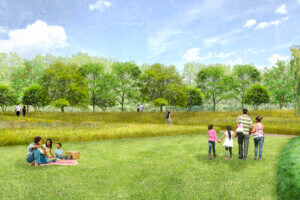The untimely death of New York City’s beloved Flaco the owl has prompted renewed calls to make New York safer for birds, and rightfully so. As an architect, I’ve seen the positive impact of measures designed to protect the bird population. So I support Senator Hoylman-Sigal’s two pieces of legislation—the FLACO Act and the Dark Skies Protection Act. Yet, I also urge the senator and his colleagues to go even further.
Now is the time to require the installation of bird-friendly glass in new buildings and substantial retrofits across New York and regulate the use of artificial lighting, which disorients migratory birds in flight and attracts them to urban areas. Addressing these issues is part of a larger effort to limit the negative effects of the built environment on the natural habitats of migratory species that cross our city and state.
The American Bird Conservancy estimates that half a billion birds are killed in the U.S. each year due to collisions with buildings, and the New York City Audubon said up to 230,000 of those deaths occur right here in the Big Apple.
With nearly 9,000 new building permits issued each year across New York City (and at least 2,600 residential building permits across New York’s Capital Region), it’s clear that the scope of the FLACO Act should be expanded to cover all new buildings and retrofitted buildings—not just state buildings—if it is to make a meaningful reduction in bird collision deaths.
Doing so would not be difficult. First, the Act could require that the threshold for bird-friendly building materials, such as patterned glass and insect screens, not exceed the American Bird Conservancy’s Threat Factor of 30. (This is a measure of a material’s potential to deter collisions through visual markers.) Second, requirements for how much of a building’s facade is constructed with bird-friendly materials could simply mirror those in New York City’s Local Law 15, which was implemented in 2020.

Similarly, the Dark Skies Protection Act, which aims to reduce light pollution, should be expanded. As written currently, it does not include all regular streetlights, lighting for advertising, lighting on building facades, and common flood lights—some of the most egregious sources of light pollution. Additionally, its measure of lighting brightness should be changed from watts to the more accurate metric of lumens, with lower thresholds.
Fortunately, shields that aim light downward and timers that automatically turn off lights at a reasonable hour can be implemented in practical, low-cost, and replicable ways. The nonprofit DarkSky International certifies light fixtures that help prevent light pollution.
Of course, being an architect, I recognize that artfully positioned exterior lights aimed with precision can create beauty and elegance—the narrowly projected lighting at the Statue of Liberty, which gives it that magical glow at nighttime, comes to mind—so I’m not suggesting that the Act prohibit all exterior lighting. Instead, the Act’s parameters around lamp shielding should allow for precisely aimed, narrowly focused aesthetic lighting, and focus on protecting against excessive light trespass.
Ultimately, these bird collision mitigation solutions would not be difficult to employ. However, they need the support of a more expansive FLACO Act and Dark Skies Protection Act to mandate their implementation and scale up their effectiveness.
Daniel Piselli is a principal and director of sustainability at FXCollaborative.











